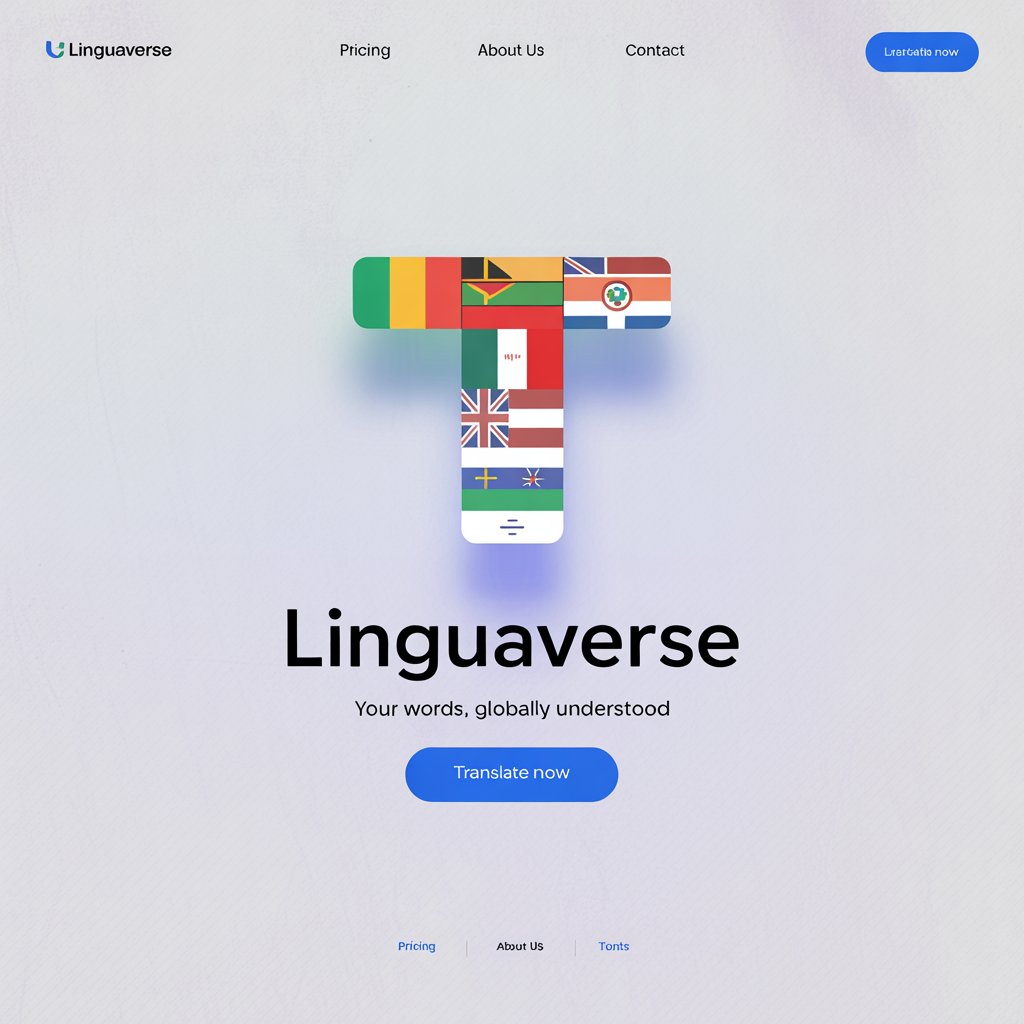Introduction:
The first time I heard “I love you” in a language other than my own, I was sitting in a small café in Paris, eavesdropping on a couple at the next table. The woman leaned in, her eyes sparkling, and whispered, “Je t’aime.” The words felt like a melody, soft and intimate, yet universally understood. It struck me how three simple words could carry such profound weight, transcending borders and cultures. Across the globe, from bustling cities to remote villages, the phrase “I love you” binds us in a shared human experience—an expression of affection, devotion, and vulnerability. In this blog post, we’ll embark on a journey to explore how “I love you” is said in different languages and cultures, uncovering the nuances, traditions, and emotions that make each version unique yet universally resonant.
A Global Reference: “I Love You” Across Languages
To set the stage, here’s a reference table showcasing how “I love you” is expressed in 15 languages, complete with cultural or linguistic insights.
| Language | Phrase | Cultural/Linguistic Insight |
|---|---|---|
| French | Je t’aime | A soft, romantic phrase often whispered in intimate moments, central to French notions of love. |
| Spanish | Te amo | Used for deep, romantic love; “te quiero” is a lighter, more casual alternative. |
| Italian | Ti amo | Reserved for romantic love, with a passionate tone that reflects Italy’s emotive culture. |
| German | Ich liebe dich | Direct and sincere, reflecting German’s straightforward communication style. |
| Mandarin | Wǒ ài nǐ (我爱你) | A modern expression, less commonly used traditionally due to cultural restraint in verbal affection. |
| Hindi | Main tumse pyar karta hoon (मैं तुमसे प्यार करता हूँ) | Gender-specific; women say “karti hoon.” Often tied to Bollywood’s romantic narratives. |
| Japanese | Aishiteru (愛してる) | Rare in daily use; Japanese culture often favors subtle, non-verbal expressions of love. |
| Korean | Saranghae (사랑해) | Informal and popular in K-dramas; formal versions like “saranghamnida” are used respectfully. |
| Arabic | Uḥibbuk (أحبك) | Used across 20+ Arab countries, with slight dialectical variations; deeply tied to poetic traditions. |
| Swahili | Nakupenda | Common in East Africa, reflecting warmth and community in its usage. |
| Zulu | Ngiyakuthanda | A heartfelt expression in South Africa, often used in familial and romantic contexts. |
| Yoruba | Mo nifẹ rẹ | Used in Nigeria, with a melodic tone that reflects Yoruba’s oral storytelling tradition. |
| Maori | Aroha atu | In New Zealand, expresses deep love and connection, often tied to family and land. |
| Hawaiian | Aloha au iā ‘oe | Rooted in the broader concept of “aloha,” encompassing love, compassion, and community. |
| Cherokee | Gvgeyuhi | A sacred expression in Cherokee culture, tied to deep emotional and spiritual bonds. |
European Languages: Romantic Whispers and Poetic Promises
In Europe, “I love you” carries a romantic allure, shaped by centuries of poetry, art, and cultural traditions. In French, je t’aime is synonymous with romance, whispered in candlelit bistros or scrawled in love letters. It’s a phrase that feels like a caress, embodying France’s celebration of amour. In Spanish, te amo is reserved for profound, romantic love, while te quiero might be used for friends or family, reflecting Spain’s warmth and emotional expressiveness. Italian ti amo drips with passion, often accompanied by grand gestures, aligning with Italy’s reputation for dramatic romance. In German, ich liebe dich is direct and sincere, mirroring the culture’s preference for clarity and honesty. Across Europe, these expressions are woven into cultural rituals—French love letters, Spanish serenades, or Italian sonnets—each reflecting a unique way of celebrating love.
Asian Languages: Subtlety and Depth in Expression
Asia’s linguistic diversity offers a fascinating lens on “I love you.” In ** Mandarin**, wǒ ài nǐ (我爱你) is a relatively modern phrase, as traditional Chinese culture often favored actions over words to express love. It’s now common in urban settings, especially among younger generations. In Hindi, spoken across India, main tumse pyar karta hoon (for men) or karti hoon (for women) is imbued with Bollywood’s romantic fervor, often said with poetic flourish. Japanese aishiteru is rarely spoken, as cultural norms lean toward understated gestures like gift-giving or shared moments. In Korean, saranghae has gained global fame through K-pop and dramas, reflecting a youthful, emotive culture. In Arabic, spoken across 20+ countries like Egypt, Morocco, and Saudi Arabia, uḥibbuk carries poetic weight, often linked to classical Arabic literature and ghazals. These variations highlight Asia’s balance of restraint and passion in expressing love.
African Languages: Community and Connection
Africa’s linguistic landscape is as diverse as its cultures, and “I love you” reflects deep communal bonds. In Swahili, nakupenda is used across East African countries like Kenya, Tanzania, and Uganda, embodying warmth and togetherness. In Zulu, spoken in South Africa, ngiyakuthanda conveys love in both romantic and familial contexts, often accompanied by gestures of respect. Yoruba, prevalent in Nigeria, uses mo nifẹ rẹ with a melodic cadence, reflecting the culture’s oral traditions. Across 20+ African nations, including Ethiopia (afekirishalehu in Amharic) and Ghana (medɔ wo in Twi), these phrases are often tied to community, family, and shared experiences, emphasizing love as a collective bond rather than just a romantic one.
Indigenous & Island Languages: Sacred Bonds and Cultural Roots
Indigenous and island languages offer unique perspectives on “I love you,” often tied to spirituality and connection to nature. In Maori, aroha atu reflects New Zealand’s emphasis on love for family, community, and the land. Hawaiian aloha au iā ‘oe is rooted in the broader concept of aloha, encompassing compassion and unity. In Cherokee, gvgeyuhi carries sacred weight, used in ceremonies and intimate moments alike. Samoan ou te alofa ia te oe reflects Polynesian values of family and respect. Across 20+ indigenous and island cultures, including Tongan (‘ofa atu) and Navajo (ąąʼí nílį́), these phrases are deeply tied to cultural identity, often expressed through storytelling, dance, or communal rituals.
Cultural Insights: The Evolution of “I Love You”
The phrase “I love you” has evolved over centuries, shaped by cultural, religious, and historical contexts. In ancient Greece, love was categorized into types like agape (spiritual love) and eros (romantic love), influencing modern European expressions. In Arabic poetry, love has been a central theme since pre-Islamic times, with uḥibbuk echoing the passion of Bedouin poets. In Chinese culture, Confucian values historically prioritized duty over verbal affection, making wǒ ài nǐ a modern adaptation. In African oral traditions, love expressions often blend with proverbs and storytelling, emphasizing community. These variations show how “I love you” is not just a phrase but a reflection of each culture’s values, histories, and philosophies.
Proverbs and Sayings: Wisdom in Love
Across cultures, proverbs and sayings about love capture its universal yet unique essence:
- French: “L’amour est aveugle” (Love is blind) – Reflects the idea that love transcends flaws.
- Hindi: “Pyar ka pehla kadam dosti hai” (The first step of love is friendship) – Emphasizes building trust.
- Swahili: “Penzi lako ni pepo yangu” (Your love is my paradise) – Highlights love’s transformative power.
- Japanese: “Ai wa kabe o koeru” (Love transcends walls) – Suggests love overcomes obstacles.
- Yoruba: “Ifẹ o kan ọkan, ọkan ni o mọ” (Love touches one heart, and only that heart knows) – Reflects love’s personal depth.
These sayings weave love into the fabric of cultural wisdom, offering timeless insights.
FAQs: Exploring “I Love You”
Why does “I love you” sound similar in many languages?
Many languages share linguistic roots, like Romance languages (French, Spanish, Italian) stemming from Latin amo (to love). Global cultural exchange, especially through media, has also popularized similar expressions.
What’s the oldest known usage of “I love you”?
While exact origins are unclear, ancient texts like Egyptian love poems (circa 1300 BCE) and Sanskrit literature express similar sentiments, suggesting love declarations are as old as human communication.
How do cultural differences affect the expression of love?
In individualistic cultures (e.g., Western Europe), verbal declarations are common, while collectivist cultures (e.g., Japan, China) may prioritize actions or indirect expressions, reflecting cultural values of restraint or community.
Conclusion: The Universal Heartbeat
“I love you” is more than words—it’s a bridge connecting hearts across continents, cultures, and centuries. Whether whispered in a Parisian café, sung in a Bollywood ballad, or shared in a Maori hui, this phrase captures the universal longing for connection. Its variations remind us of our diversity, while its essence unites us in a shared human experience. What’s your favorite way to say “I love you”? Share your language, your story, or a cultural tradition in the comments below—let’s celebrate the many voices of love together!




